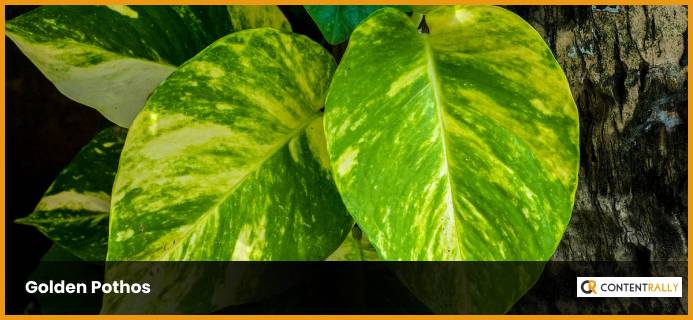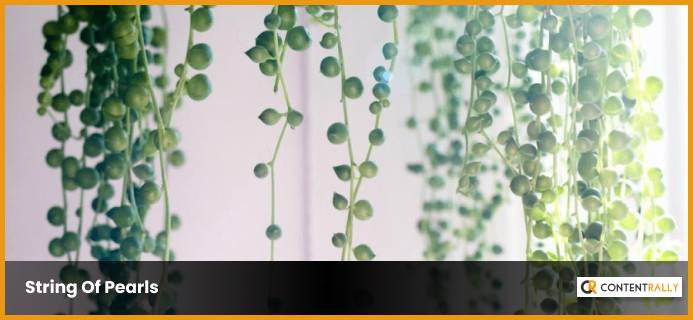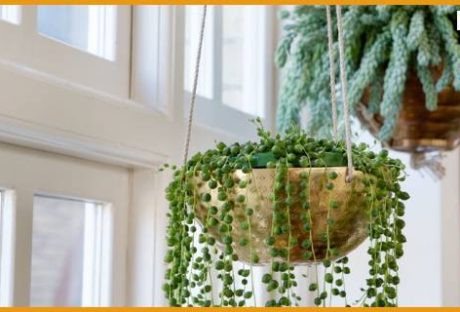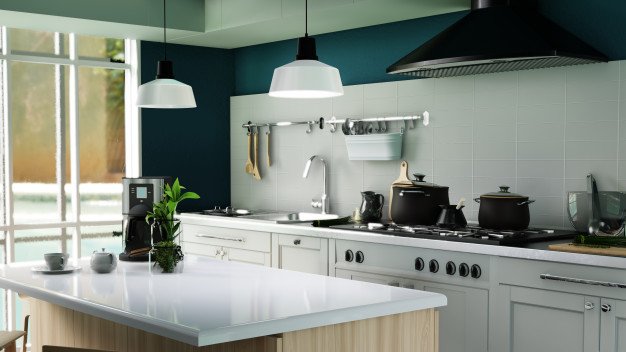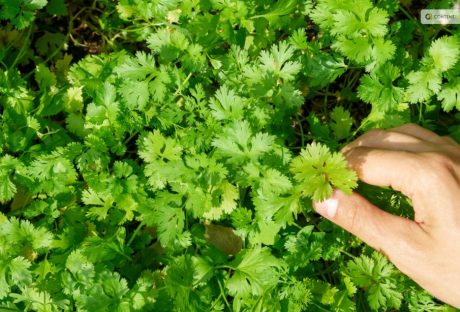According to many people, having a garden in your house is said to invoke a real sense of creativity. People say this because they seem to feel refreshed and creative if there is a lot of vegetation surrounding them. Also, many consider gardening to be an innovative form of expression.
Therefore, which plant to have in your garden will decide its beauty in the eyes of the beholder. If you are new to gardening, then this article is for you. Here, you will learn about the various types of trailing plants and some of the best breeds of them.
What Are Trailing Plants?
Trailing plants are a unique breed of pretty long and slender plants. Their stems grow more extended, often taking up the length of the entire room vertically. These plants are generally kept in balconies and bigger rooms, like dining or living rooms. They are also typically placed in pots and then hung from the ceiling.
These plants are often called creepers or climbers, or even spiky plants because they have slender stems mistaken for vines. These vines require support to grow. Therefore, they follow the surface of the roofs or the walls to propel themselves and grow in a specific direction.
Types Of Trailing Plants
There are two distinct types of trailing plants that can be categorized. They are,
1. Flowering Trailing Plants
As the name suggests, flowering trailing plants are simply trailing plants that can produce flowers of their own. These often look great because when these trailing plants become bigger, they will make flowers all over their stems. The longer their vines have grown, the more flowers they will produce.
2. Non-Flowering Trailing Plants
As the name suggests, non-flowering trailing plants are the direct opposite of flowering trailing plants. These foliage plants do not produce any flowers and are mostly greenish yellowish. These are the most common types of trailing plants that you get to see in people’s houses
Best Trailing Plants For Your Garden
If you have finally decided to buy trailing plants, then here are seven of the breeds that we highly recommend you add to your balcony or garden.
1. Golden Pothos
One of the most popular trailing plants in the market is scientifically known as Epipremnum Aureum. We recommend you start your trailing plants gardening journey with this newbie-friendly plant. Because setting up this plant to hang from the ceiling is the first thing you should learn – how to hang trailing plants.
This plant is a low maintenance plant since it requires almost no cutting since you can leave it to hand and grow naturally in a basket from your ceiling.
Read More: Grow these flowering plants in your home garden
2. Red Herringbone
Scientifically known as the Maranta Leuconeura Erythroneura, this plant is one of the best trailing plants indoors. It has a trippy, attractive design on its leaves highlighted by its red color and unique look. The distinctive red patterns of the leaves of this plant have been compared to the mark of a herringbone.
The unique aspect of big leaf plants is that they close up their leaves during the night, giving them the shape of a hand-folded prayer position. This is why many people call this plant the prayer plant.
We recommend this plant for experienced gardeners since it needs high maintenance to grow safely.
3. Staghorn Fern
Scientifically known as the Platycerium Bifurcatum, this plant has been called strange by many gardeners due to its leaves’ odd, uneven shape. This trailing plant is best kept in a wooden basket with compost, and other organic matter buried deep in the compost.
Again, we recommend this plant for experienced gardeners since it requires specific gardening skills to grow these tropical plants fully. Additionally, this plant is best kept in a humid place outside the range of direct sunlight.
4. String Of Pearls
These types of trailing succulent plants are scientifically known as Senecio Rowleyanus. Its leaves are smaller than the other plants mentioned on this list, which look like tiny, green pearls. However, upon closer observation, you will notice that it looks like a green string is keeping the pearly leaves attached to the vine. This is why it is called a string of pearls, one of the most aesthetic plants.
Sometimes, the top of the compost becomes very dry. This is an indicator that the plant needs watering. Generally, this plant likes to remain dry. But too dry will result in its untimely demise. Therefore, always keep a lookout for the dryness of the plant’s compost.
5. Spider Plant
As the name suggests, this trailing plant looks like a spider. Botanically named as the Chlorophytum Comosum, this easy to grow plant is another common tracking plant that you see in many households. Maintaining this plant is easy since all it needs is well-drained potting soil and exposure to bright, indirect sunlight. Just remember to water it frequently, and keep it as a bedroom plant.
You May Also Like This: 4 Essential Tools Needed to Maintain Your Garden in the Winter
6. Creeping Jenny
While the name might sound very creepy, its looks and beauty tell a different story. These bright fluorescent green trailing indoor plants are famous for their round leaves. Their vines also grow long, till about 18 inches in length. Unlike other trailing plants on this list, these plants can be placed on the soil and can also be hung from the ceiling in a pot or basket.
7. Million Bells
Also known as the Calibrachoa, it is one of the most highly colorful and vibrant trailing plants ever to exist. This is because it is a flowering plant. But that is not its only specialty. Its uniqueness lies in the fact that its flowers can be of random colors, from red, blue, purple, to pink. This is perfect for you if you want trailing plants for hanging baskets.
Frequently Asked Questions (FAQs):
Q1. What Is The Best Trailing Plant?
There are many great trailing plants like Million Bells, Golden Pothos, and Red Herringbone, to name a few.
Q2. What Plants Are Trailing Plants?
Trailing plants can be identified by their long vines that grow along the side of walls.
Q3. What Are Trailing Plants Called?
Trailing plants are also called spillers, creepers, and viners.
Q4. What Is A Trailing Flowering Plant?
Trailing plants that produce flowers are known as trailing flowering plants.
Conclusion
Trailing plants are one of the best choices for keeping plants in your home. These plants look great and unique. These plants look even better if you hang them from your ceiling in a basket or round vase. If you are a beginner at gardening, then we recommend growing plants like the Golden Pothos or the Spider Plant. And if you are an experienced grower, then we recommend plants like the Red Herringbone and the Million Bells.
If you found out which trailing plants to buy, then check out our other articles as well!
Read Also:
- How to Maintain Your Garden Railings?
- 5 Best Vegetables You Should Try Growing In Your Garden
- Looking for a Gardener: 8 Questions to Ask Before Hiring a Professional















